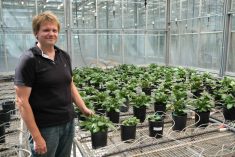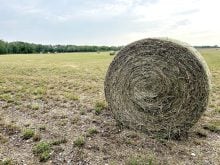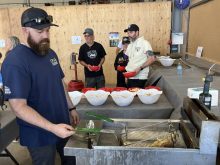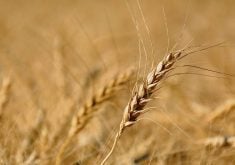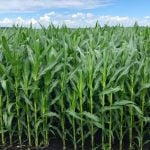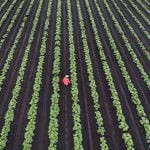Members of the Bashaw Seed Cleaning Co-op had no idea how a colour sorter would change their business when they purchased their machine in September 2009.
The co-op spent $230,000 on the machine, and another $70,000 for installation, because seed problems such as ergot were becoming increasingly common.
“Our expected payback was about four years, but it just so happened that the ergot situation was extreme so in about 18 months we had it paid for,” said plant manager Bill Sinclair.
The colour sorter has increased the viability of the seed cleaning plant, and they have hired more staff.
Read Also
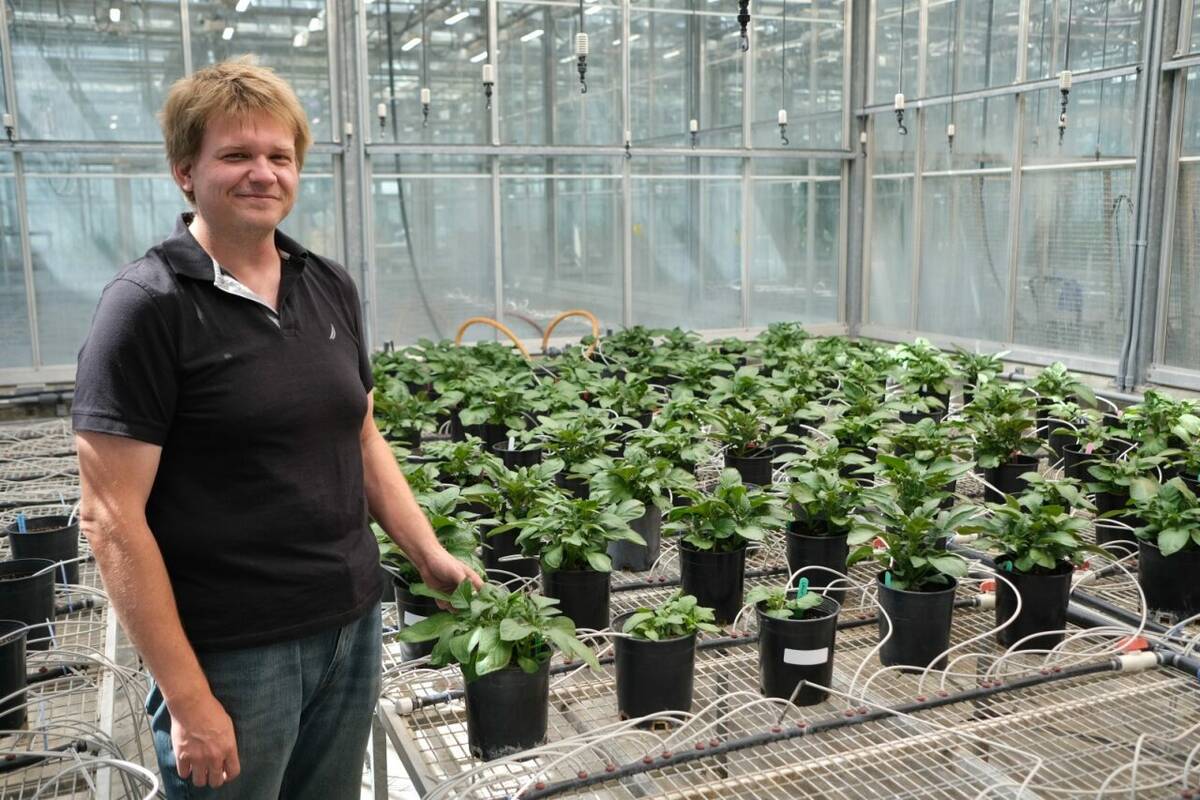
Hail research hopes to benefit potato growers
Alberta research scientist measures hail storm and heat dome affects on potato crops
“We offer better services and longer hours, but unfortunately we find ourselves limited with 24 hours in a day and we can’t go any faster,” Sinclair said.
The co-op was the first in the province to obtain such equipment, which is useful when sorting for ergot, seed cleaning and in malt barley preparation. Seeds flow in three chutes past six cameras, which take images of the seed and eject ones that do not fit accepted parameters.
“When the machine is set up, you train it to accept everything similar to what you’ve programmed it for, so it only looks for things that aren’t the same, which eliminates a lot of the processing time,” said Sinclair. “You don’t have to look at every kernel. You only look at the things that are different.”
Operators program an acceptable range of seed characteristics into the machine and the sorter identifies it. Seeds are ejected for being too light, too dark or green. Eventually, the co-op wants to upgrade its software to sort for shape as well. Dust and dirt are big problems in colour sorters and seed needs to be cleaned before it goes through.
“The machines are set up so they wipe out dust particles on a regular basis because if they see the dust particle, it assumes it’s something it should be shooting out,” said Sinclair.
The machine can process about 10 tonnes an hour. In addition to the normal dockage fee, members pay an additional five cents a bushel for colour sorting. The goal was to make the service affordable for all.
Demand has been so high that it has sometimes interfered with the seed cleaning business, so the co-op is in the process of buying another portable colour sorter that can be taken to farms to test seed. The new machine will be able to filter a larger capacity for dockage work and should be paid off in about four months.
“Normally we were a 400,000-bushel plant and we did around 900,000 the first year. We calculated our gains on the total volume gain versus what we were able to do,” Sinclair said.
He said he is an advocate for colour sorting and believes the machine should be part of every seed-cleaning operation.



